Expansion of Mobile Devices and IoT
The proliferation of mobile devices and the Internet of Things (IoT) plays a crucial role in shaping the Dynamic RAM (DRAM) Market. As more devices become interconnected, the demand for efficient memory solutions increases. Mobile devices, including smartphones and tablets, require high-density DRAM to support advanced functionalities and applications. Furthermore, IoT devices, which often operate in real-time, necessitate reliable and fast memory solutions to process data effectively. The market for DRAM in mobile applications is projected to grow at a rate of approximately 6 percent annually, indicating a strong correlation between the expansion of mobile technology and the demand for DRAM.
Growth in Gaming and Virtual Reality
The gaming industry, particularly with the rise of virtual reality (VR) and augmented reality (AR), significantly influences the Dynamic RAM (DRAM) Market. Gamers increasingly demand high-quality graphics and seamless performance, which necessitates advanced memory solutions. DRAM is essential for rendering high-resolution graphics and ensuring smooth gameplay experiences. The gaming sector is expected to contribute substantially to the DRAM market, with projections suggesting a growth rate of around 7 percent over the next few years. This trend highlights the importance of DRAM in meeting the performance expectations of modern gaming and immersive experiences.
Advancements in Automotive Technology
The automotive sector's transformation towards electric and autonomous vehicles is reshaping the Dynamic RAM (DRAM) Market. As vehicles become more technologically advanced, the need for sophisticated memory solutions increases. DRAM is critical for various applications, including advanced driver-assistance systems (ADAS), infotainment systems, and vehicle-to-everything (V2X) communication. The automotive DRAM market is anticipated to grow at a compound annual growth rate of approximately 8 percent, driven by the integration of smart technologies in vehicles. This growth underscores the pivotal role of DRAM in supporting the automotive industry's evolution.
Rising Demand for High-Performance Computing
The Dynamic RAM (DRAM) Market experiences a notable surge in demand driven by the increasing need for high-performance computing solutions. Industries such as artificial intelligence, machine learning, and data analytics require advanced memory solutions to process vast amounts of data efficiently. As organizations seek to enhance their computational capabilities, the demand for DRAM is projected to grow significantly. According to recent estimates, the DRAM market is expected to reach a valuation of approximately 100 billion dollars by 2026, reflecting a compound annual growth rate of around 5 percent. This trend indicates a robust market environment where DRAM manufacturers are likely to invest in innovative technologies to meet the evolving needs of high-performance applications.
Increased Focus on Data Centers and Cloud Computing
The rising emphasis on data centers and cloud computing services significantly impacts the Dynamic RAM (DRAM) Market. As businesses increasingly migrate to cloud-based solutions, the demand for high-capacity and high-speed memory solutions escalates. Data centers require substantial amounts of DRAM to manage workloads efficiently and ensure optimal performance. The market for DRAM in data centers is projected to grow at a rate of around 9 percent annually, reflecting the critical role of memory solutions in supporting the infrastructure of cloud services. This trend indicates a robust future for DRAM as it becomes integral to the backbone of modern computing.
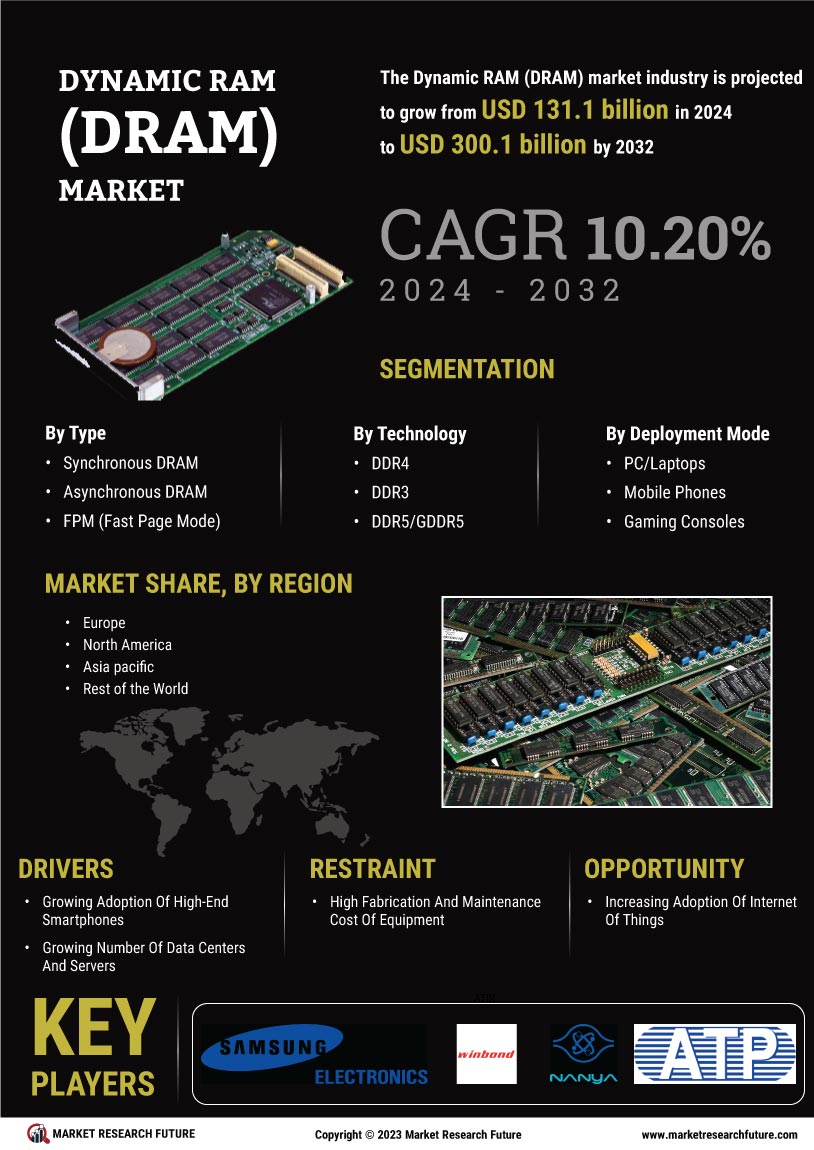
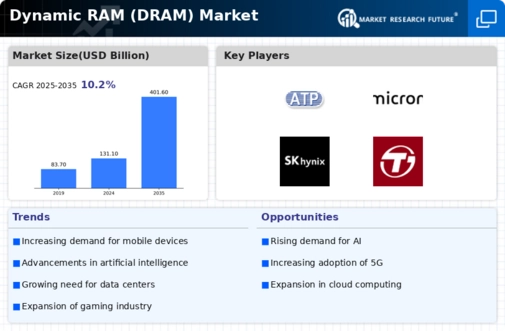


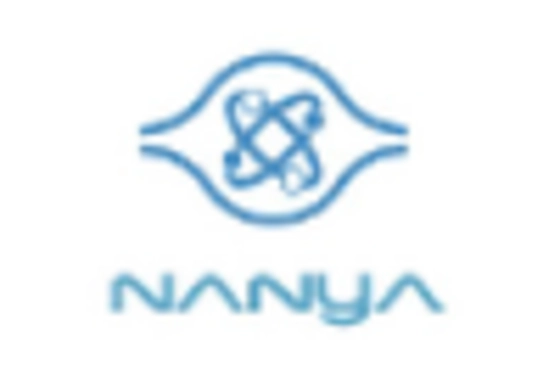
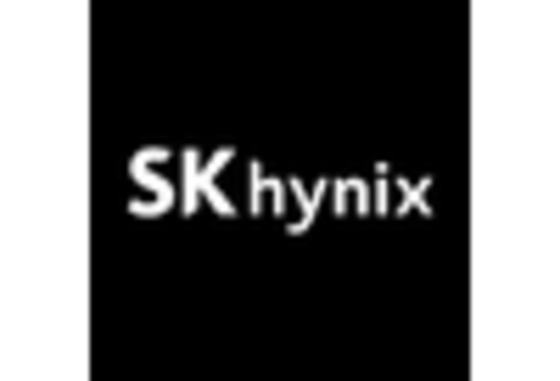

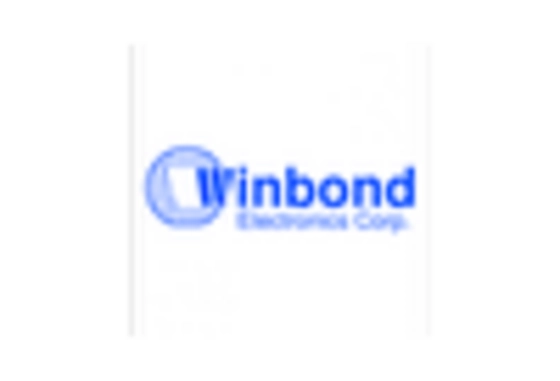








Leave a Comment